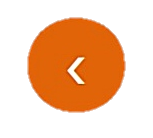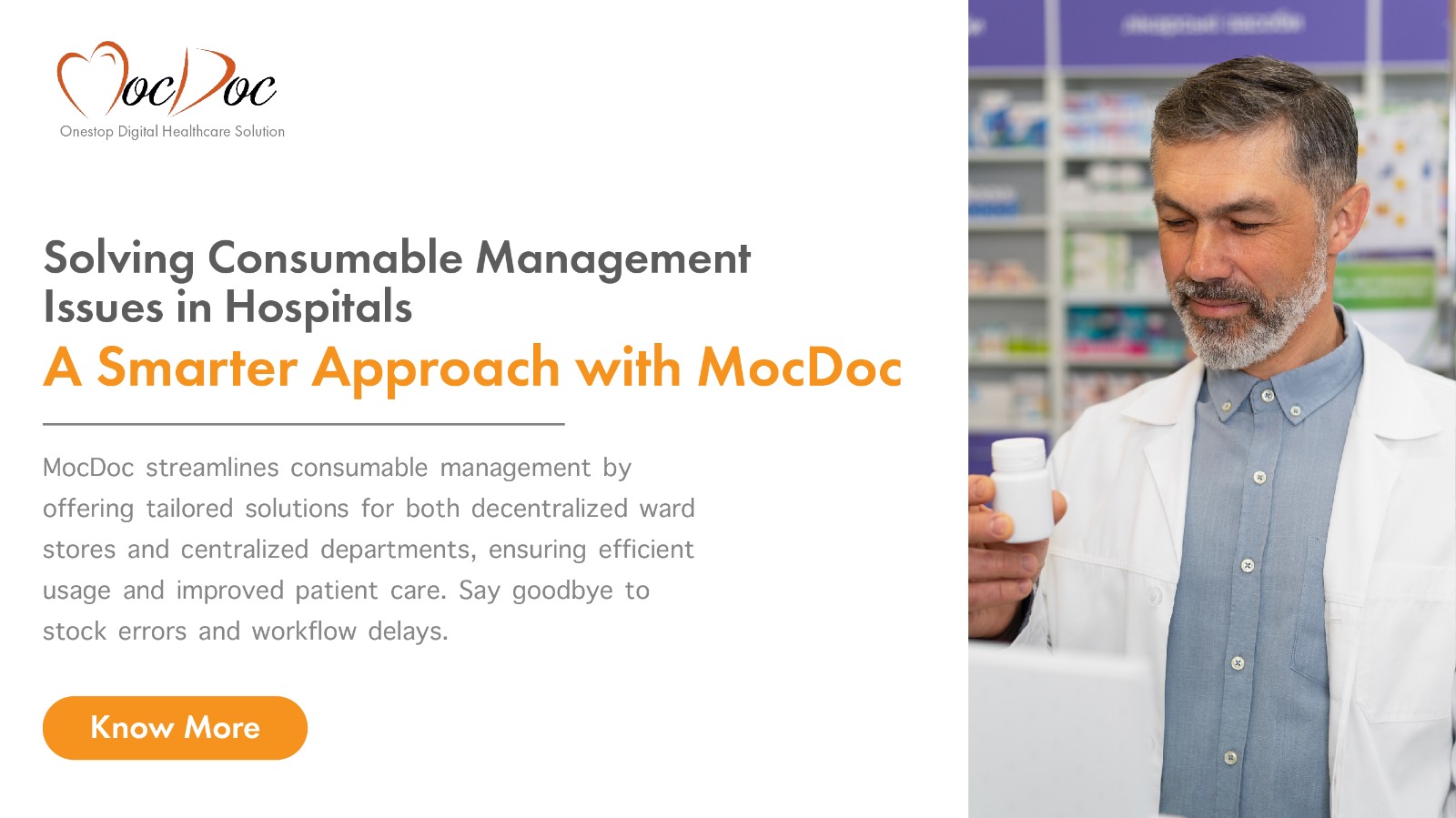2025102813:22:12
Hospital Billing Software Automation in 2025
Published by: Mohammed Siddiq

Hospital Billing Software: How Automation Improves Accuracy, Compliance, and Revenue in 2025
Hospital billing has long been one of the most complex aspects of healthcare operations. Between handling insurance claims, applying discounts, and ensuring compliance with regulations, billing teams often find themselves managing a maze of processes. In recent years, hospitals worldwide have started adopting automated billing software to simplify this workflow — cutting costs, reducing errors, and accelerating revenue collection.
In an industry where administrative work can consume nearly a quarter of total healthcare spending, automation isn’t just a convenience anymore — it’s a strategic necessity.
Why Manual Billing Still Costs Hospitals More
Even today, many hospitals rely partly on manual billing processes. These systems are prone to human error — from incorrect service entries to missing discounts — and the smallest mistake can have a major financial impact.
In India, smaller facilities juggling both digital and paper-based billing often spend hours correcting errors before claim submission. In the U.S., staff shortages and growing documentation requirements further slow down the process.
Studies show that billing inaccuracies can delay reimbursements by several weeks and lead to substantial revenue loss over time. Every incorrect entry or missed update can result in claims being denied or sent back for revision. For multi-department hospitals, such inconsistencies multiply, creating confusion between departments like pharmacy, radiology, and inpatient billing.
What Is Automated Hospital Billing Software?
Automated hospital billing software is designed to manage everything from charge capture and discount application to compliance validation — all within a single platform.
Instead of manually entering every discount or calculating tariffs separately, the system applies predefined rules that match hospital policies. This ensures accuracy, transparency, and uniformity across departments.
Modern systems like MocDoc’s Hospital Management Software (HMS) use automation to eliminate repetitive tasks. By linking billing data with patient records, tariffs, and insurance details, hospitals can avoid double entries and instantly generate compliant bills — saving valuable administrative time.
Common Billing Challenges Hospitals Face
Before automation, billing staff often struggle with a few recurring problems:
- Repetitive Manual Adjustments: Applying discounts for different services or departments manually leads to inconsistencies.
- Delayed Payments: Insurers often reject claims due to mismatched details or unclear tariff structures.
- Compliance Pressure: Hospitals in India must adhere to ABDM and NABH standards, while facilities in the U.S. follow HIPAA and CMS guidelines.
- Limited Oversight: In multi-branch networks, tracking billing trends across locations is difficult without centralized visibility.
These bottlenecks not only impact cash flow but also patient trust. A single billing dispute can affect how patients perceive a hospital’s transparency and professionalism.
How Automation Simplifies Hospital Billing
Automated billing solutions bring all financial workflows under one roof. They don’t just digitize the process — they intelligently manage it. Here’s how they make a difference:
- Accuracy: Automated validation rules prevent errors like duplicate charges or incorrect tariff mapping.
- Speed: Routine billing actions that once took hours can now be done in minutes.
- Cost Savings: Automation helps hospitals save on administrative expenses by reducing manual intervention.
- Compliance: Built-in templates align with national and global healthcare standards.
- Patient Trust: Clear, itemized billing improves transparency and satisfaction.
According to recent industry data, hospitals using automated billing tools report 30–40% faster reimbursements and a significant drop in denied claims.
Featured Snippet: How Does Automation Help Multi-Department Hospitals?
Automation helps multi-department hospitals apply discounts and tariffs consistently across different services. For example, if a patient’s lab tests, radiology scans, and inpatient procedures all qualify for a standard discount, automation ensures it’s applied uniformly — reducing discrepancies and improving audit compliance.
MocDoc’s Approach to Smarter Billing
At MocDoc, we’ve built our hospital billing features with one clear goal — making financial workflows faster, error-free, and compliant.
Our department-specific discounting tool allows hospitals to apply uniform discounts across all relevant categories with just one click. This simple yet powerful feature eliminates the need for repetitive manual updates and ensures billing policies are followed accurately across departments.
With MocDoc’s cloud-based HMS, users can:
- Manage discounts with a single “Save for All” function
- Automate tariff updates during insurance transitions
- Monitor billing activity across branches
- Maintain compliance with ABDM and HIPAA standards
Over 30,000 healthcare professionals across India and abroad use MocDoc to streamline their billing and operational workflows. The result? Up to 65% faster billing completion and significant reduction in revenue leakages.
Explore MocDoc’s Hospital Management Software or schedule a personalized product demo to see how automation can transform your hospital’s billing system.
The Broader Impact: From Revenue to Relationships
Beyond saving time and money, automated billing systems foster a culture of accuracy and accountability.
When staff spend less time correcting billing errors, they can focus more on patient care. Transparent billing also builds patient confidence, which is invaluable in today’s experience-driven healthcare environment.
Automation doesn’t replace the human touch — it enhances it. It gives healthcare professionals the tools to work smarter, not harder, and ensures that every financial interaction upholds the same trust as clinical care.
Preparing for the Future of Billing
The next phase of healthcare digitalization will focus on interoperability, automation, and data accuracy. Hospitals that embrace smart billing now are not just improving their current systems — they’re preparing for the next generation of connected healthcare.
MocDoc’s cloud-based solutions and lab management tools are part of this digital transformation, helping hospitals of every size reduce manual dependency and ensure seamless operations.
As compliance requirements tighten and patient expectations evolve, automation will remain a core driver of efficiency and trust in healthcare billing.
Final Takeaway
Manual billing is expensive, slow, and error-prone. Automated hospital billing software like MocDoc HMS helps healthcare organizations stay compliant, maintain transparency, and improve cash flow — all while saving staff hours of repetitive work.
Hospitals that invest in automation today will lead the way in accuracy, efficiency, and patient satisfaction tomorrow.
What are the benefits of ...
HMS (MocDoc HMS) otherwise known as HMIS (Hospital Management.....
Published by: Sanjana
2025101609:06:46
VMS Integrated Hospital M...
Ba, Fiji Hospital Management Software | Digital Innovation fo.....
Published by: Mohammed Siddiq
2025112617:39:04
Addressing the Consumable...
In hospitals, effective management of consumables like medici.....
Published by: Mohammed Siddiq
2025101518:21:58
6 Reasons Why You Need a ...
Our present modern information system makes use of computers .....
Published by: Sanjana
2025101609:16:45






